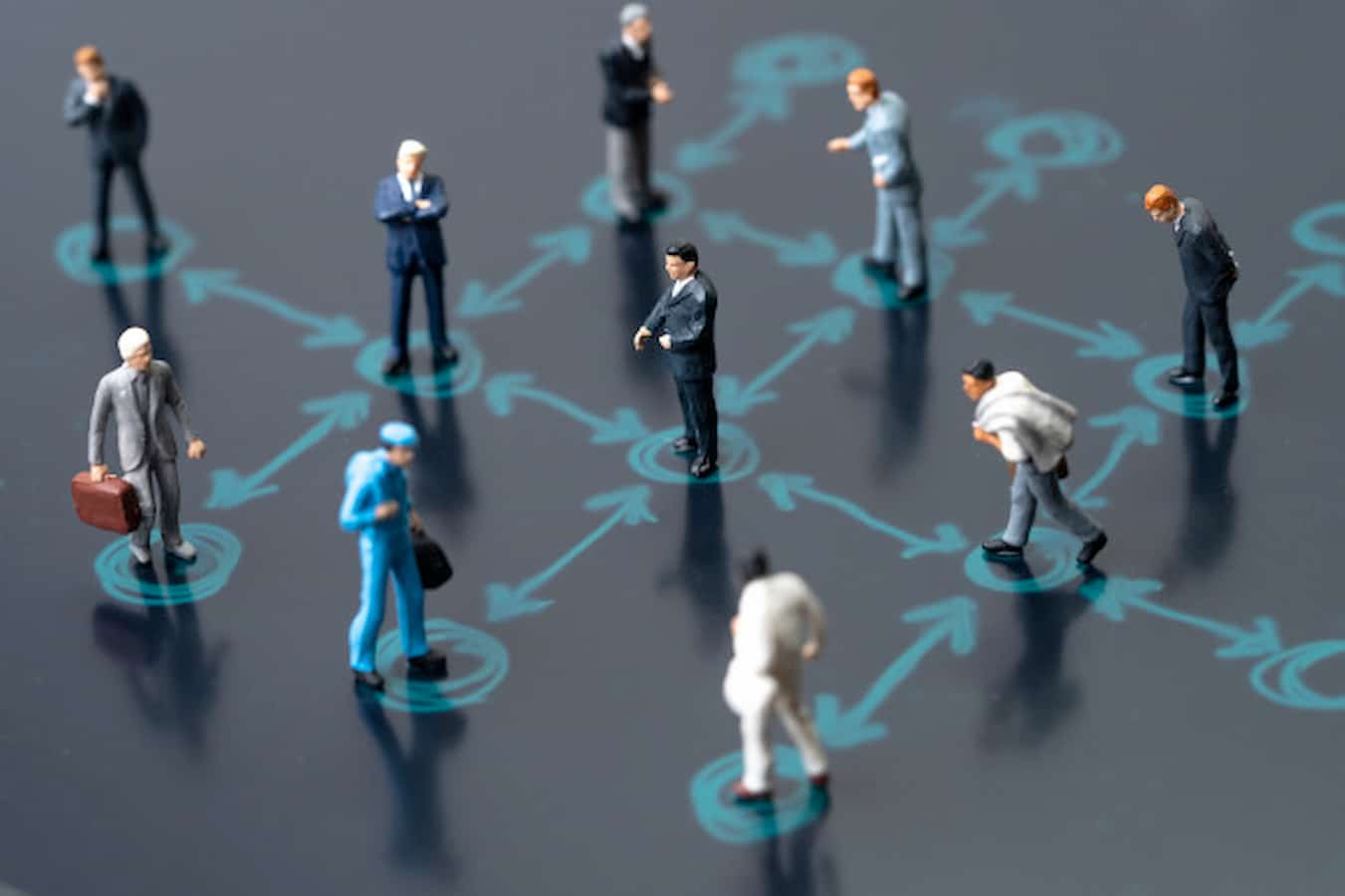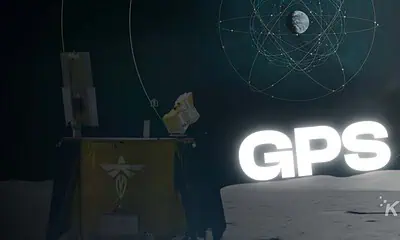Tech
How video analytics can help speed up worldwide recovery from COVID-19
Having advanced technology helped, but to thoroughly beat this pandemic, the world needs to be united and fight it together.

Just a heads up, if you buy something through our links, we may get a small share of the sale. It’s one of the ways we keep the lights on here. Click here for more.
Our world has been battling a global pandemic known as COVID-19 for the past year. There are hundreds of thousands of new cases worldwide every day, WHO reports. The spread of this disease has become problematic and is a constant worry to scientists and doctors worldwide.
Plenty of countries have issued laws regarding social distancing and wearing masks. The indicated is being done in the hope to try and stop the spread of this virus. With so many public places being open (or reopening) such as malls, stores, restaurants, it has become a challenge to keep track of whether people are respecting these social distance laws or not.
As employees are returning to their workplaces and some governments are slowly lifting lockdown restrictions, it is uncertain how the virus will be controlled, and this lack of control could become an issue. The employer should be responsible for keeping track of if the workers follow social distancing rules, which could become overwhelming at some point.
How Can Technology Help?
One of the logical solutions would be turning to technology. But how can technology help here? Today, wherever we go, we are surrounded by technology. Recent research in London has shown that there are over 600,000 cameras for 9.3 million people (about 67.5 cameras per 1000 people). The footage collected here could be of great importance when observing interactions and monitoring social distance practice.
Technology that has been gaining attention in the past few years and has been improving is video analytics. By focusing on facial recognition or crowd management, this kind of technology is expected to grow as high as $12 billion by 2026. The video analytics market has shown itself extremely useful in the worldwide pandemic with being applied to things just as fever detection or social distancing.
This footage can be hugely useful, but rewatching hundreds or thousands of hours of the footage itself could be a waste of time. More advanced technology, such as A.I.V.A. (Artificial Intelligence Video Analytics), is needed here. A.I.V.A. uses geospatial algorithms to establish an individual’s location and to learn the perspective of the scene.
Fever Detection And Social Distancing Algorithms
Since one of the COVID-19 symptoms is having a fever, it has been necessary to measure body temperature at workplaces. Fever detection is extremely efficient and helpful, making it easier to detect a person with a higher level of body temperature. Most of these systems function because they use deep learning to zoom on a person’s eye, which is the most reflective of the body’s temperature. This screening can be done in many public places like schools, universities, airports, hospitals, or hotels.
Even though this has proven to be very helpful, it is not quite enough. An infected person could still be in the incubation period, meaning they would not show some symptoms (like fever) in this early phase.
When it comes to social distancing, an algorithm that would keep track if two (or more) people keep a distance of 2 meters from each other would be extremely helpful. If someone breaks the rules, a trigger will alert the authorities. Even if the rules change when it comes to how much the social distance should be, it is effortless to adjust the settings.
If a particular store or a restaurant has multiple people inside, it would be essential to practice social distancing. This kind of algorithm would encourage social distancing and establish a way for everyone to remember the importance of social distancing in the first place.
Face-mask Recognition Algorithms
Having a face-mask has also become the new normal. Most countries require citizens to wear masks when outside the home. Wearing a mask does slow down the virus from spreading. But it is hugely challenging to monitor every single person and if they are wearing a mask. Since it is almost impossible for humans to do this job in real-time, automating this process with the help of technology is essential.
A lot of face recognition algorithms today revolve around scanning eyes, nose, mouth, and ears. But a majority of these algorithms have trouble when it comes to scanning the face if a person is wearing a mask. For instance, Apple’s iPhone (which uses FaceID to unlock a person’s phone) had trouble scanning a person’s face while wearing a mask. Apple had to improve its algorithm to detect a mask on a person’s face. iPhone would give them the option to type in their passcode instead of making them take down their face covering.
Developers explained that the algorithm that would detect a mask on someone’s face bypasses privacy problems that we were encountering in the past. That’s because the algorithm doesn’t identify a person or their identity. The algorithm is trained to do two things:
- Face-detection – the only thing an algorithm would do here is to detect a face
- Mask-detection – recognizing whether there is a mask or not.
The advantage of this is that the algorithm does not identify the face – so it does not link it to a specific person.
Some companies have started using these algorithms to help them track whether or not their employees are wearing a mask. The algorithm would divide people into two groups, a group of people wearing a mask and people not wearing a mask. The data collected here would be in the hands of the company. It would be helpful – because a company could fire their employees who refuse to wear a mask at their workplace.
Such algorithms could also be used in public places (like malls, stores, etc.). But some countries (like the United States of America) do not have laws that would govern data privacy. So, companies that collect this data are not obligated to tell us or explain what is happening with the data they collect.
Reduced Crowding and Hotspots
As we have seen, having social distance became a predominant asset in fighting this virus. Sometimes that can be hard, especially in enormous and more populated cities. And in a lot of ways, social interaction is crucial and can contribute to economic growth. But in this pandemic that we are fighting, it is something that we have to control.
The end goal for social distancing is to slow down the virus’s spread as much as possible. Social distancing also helps keep hospitals away from overflowing. So how do we achieve this? In wealthier areas and neighborhoods, it is not that hard. People can isolate themselves in their homes and work remotely from home.
But what about less wealthy residents? What about the neighborhoods and areas that are too crowded? Most people have to leave their homes and go to work. They are continuously surrounded by people in the area they live or work.
To avoid future crises, it would be of great help to have emerging hotspots. With more than a few million citizens in bigger cities, overcrowded areas make it harder to control the virus’s spread. By having emerging hotspots automatically identified by algorithms, we can timely spot critical and crowded places and alert medical workers or the government.
We need this technology because of the inability of people in certain areas to keep a social distance, where people, even in lockdown, have no other solution but to cluster. Using computer vision and AI-based technology to spot these areas, we can give a real-time perspective to people in leadership positions. As a result, they can better prepare to fight the pandemic and be of service to their citizens.
Final Words
With the whole globe still fighting this deadly virus, it is globally the number one priority to overcome all the troubles the virus has caused. COVID-19 has nearly affected everybody, especially older people. In a lot of ways, it changed the way we live. It is hard to imagine that we once lived mask-free and that we did not have social distance, but this is the new normal – at least for now.
The good news is that we have a way to navigate how the pandemic affects us – to an extent. Technology has been of great help so far, and it keeps helping. For example, in a time that requires people to wear a mask almost all of the time, an algorithm that tracks if people are wearing a mask has proven itself very useful. Also, having algorithms that help with social distance could encourage people to respect the social distance laws.
Having advanced technology helped, but to thoroughly beat this pandemic, the world needs to be united and fight it together. Not only does it increase our chances of defeating it wholly, but it would also prepare us for future situations that are similar to the one we had with COVID-19.
Editor’s Note: Michael is a CTO & Founder of BroutonLab, a Data Science Company that completed over 50 AI development projects with a total value of over $1 million. Michael is an expert in Deep Learning, specifically its applications in Computer Vision, NLP, and Reinforcement Learning.
Have any thoughts on this? Let us know down below in the comments or carry the discussion over to our Twitter or Facebook.































